Campaign Project Proposal: Tackle Injustice and Protect Women in India
VerifiedAdded on 2023/03/21
|12
|793
|51
Project
AI Summary
This project proposal details a campaign plan to tackle injustice and protect women in Indian society, addressing the issue of gender violence and the reluctance of victims to seek help. The project's objectives include finding solutions to violence against women, providing support services like shelter and counseling, developing gender-friendly public spaces, and promoting gender sensitization. The campaign will build on international legal frameworks and national action plans. The project actions are divided into four phases: planning, implementation, monitoring and evaluation, and fundraising. Expected outcomes include raising public awareness, educating the public about their rights, and coordinating support services. Potential risks include lack of funding, project delays, and communication issues. The proposal includes a SWOT analysis and stakeholder analysis to ensure effective management and monitoring. The ultimate goal is to highlight public concerns, educate the public about their rights, and coordinate activities to provide comprehensive support to women.
1 out of 12
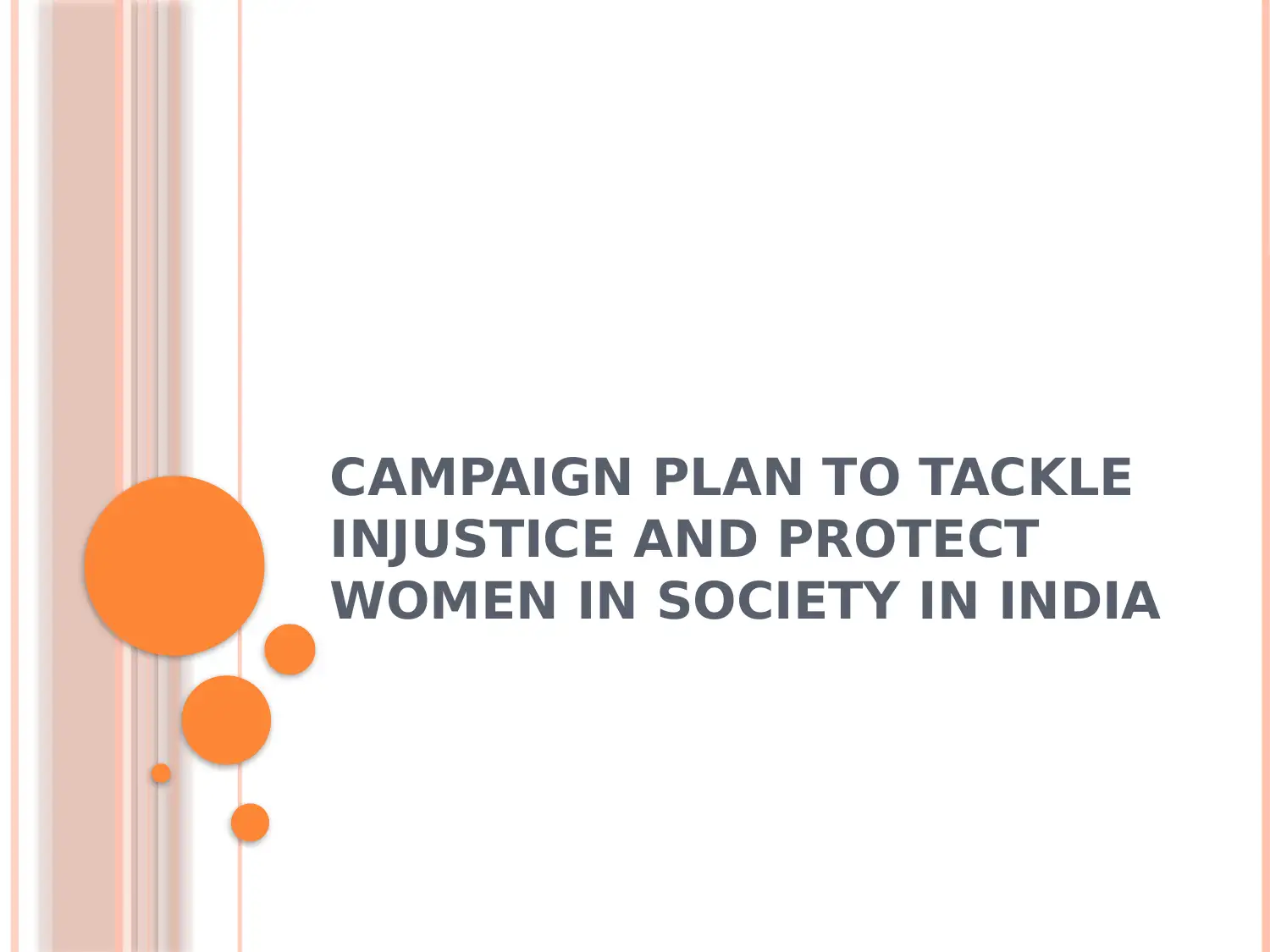
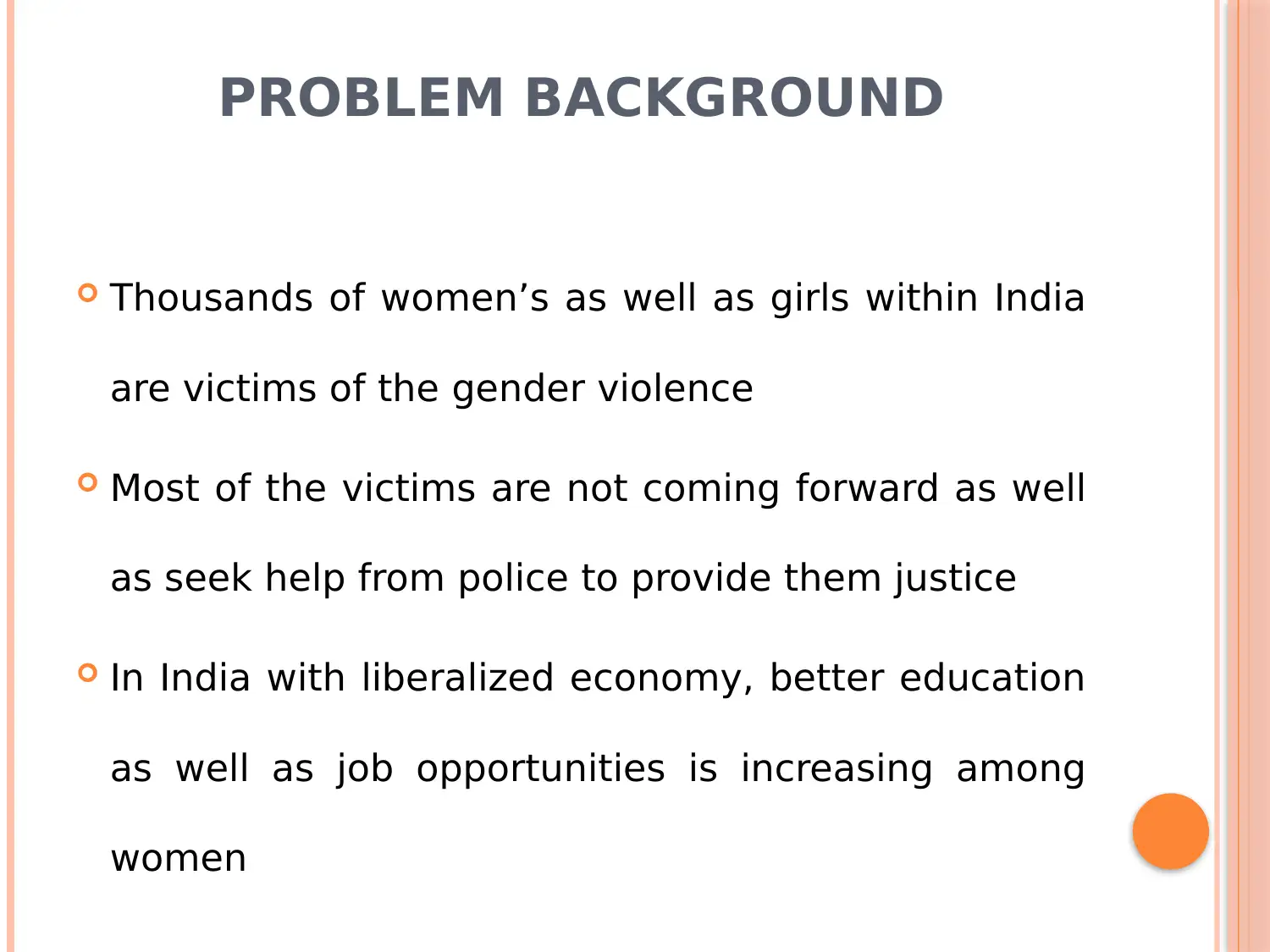
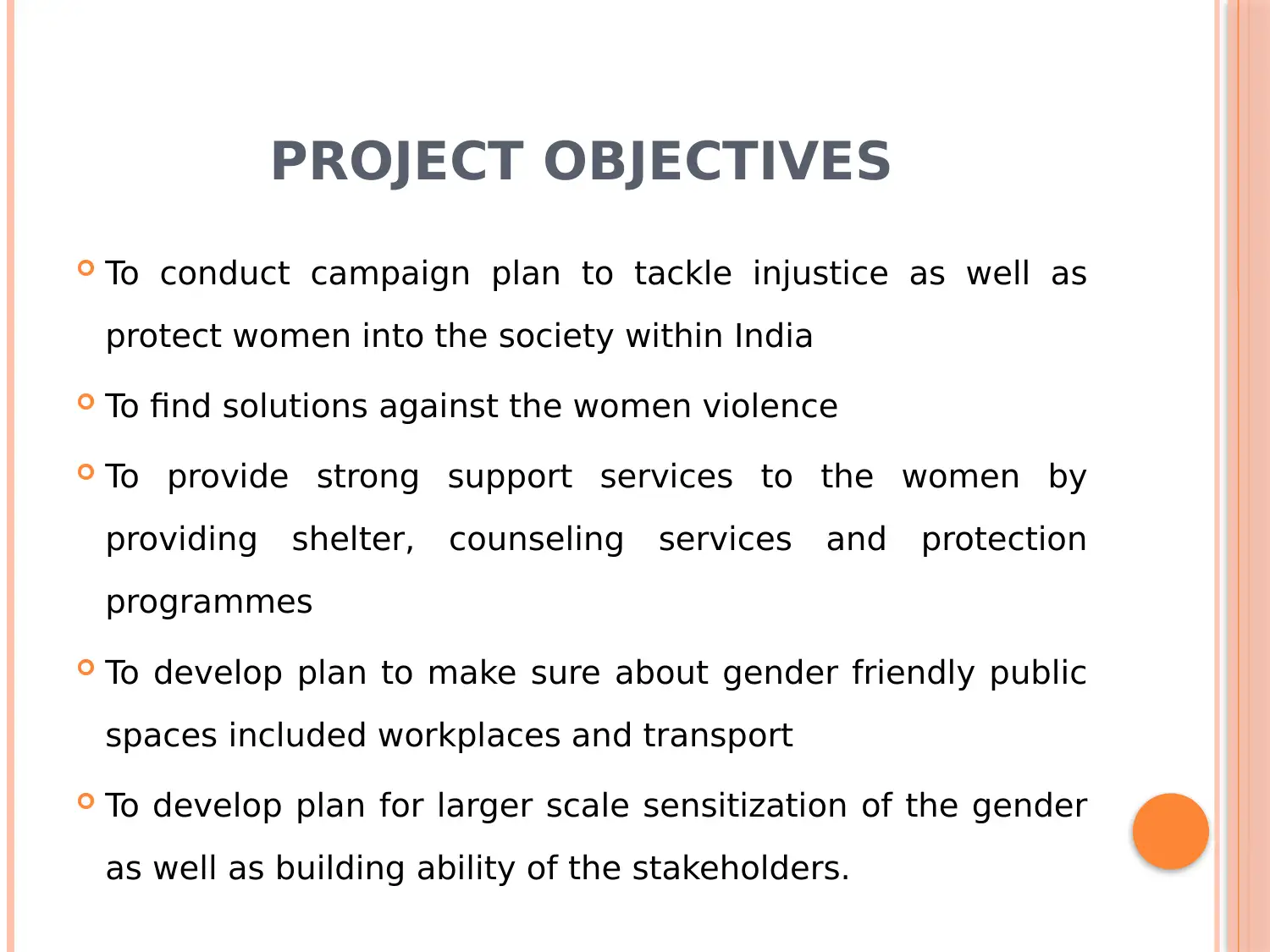

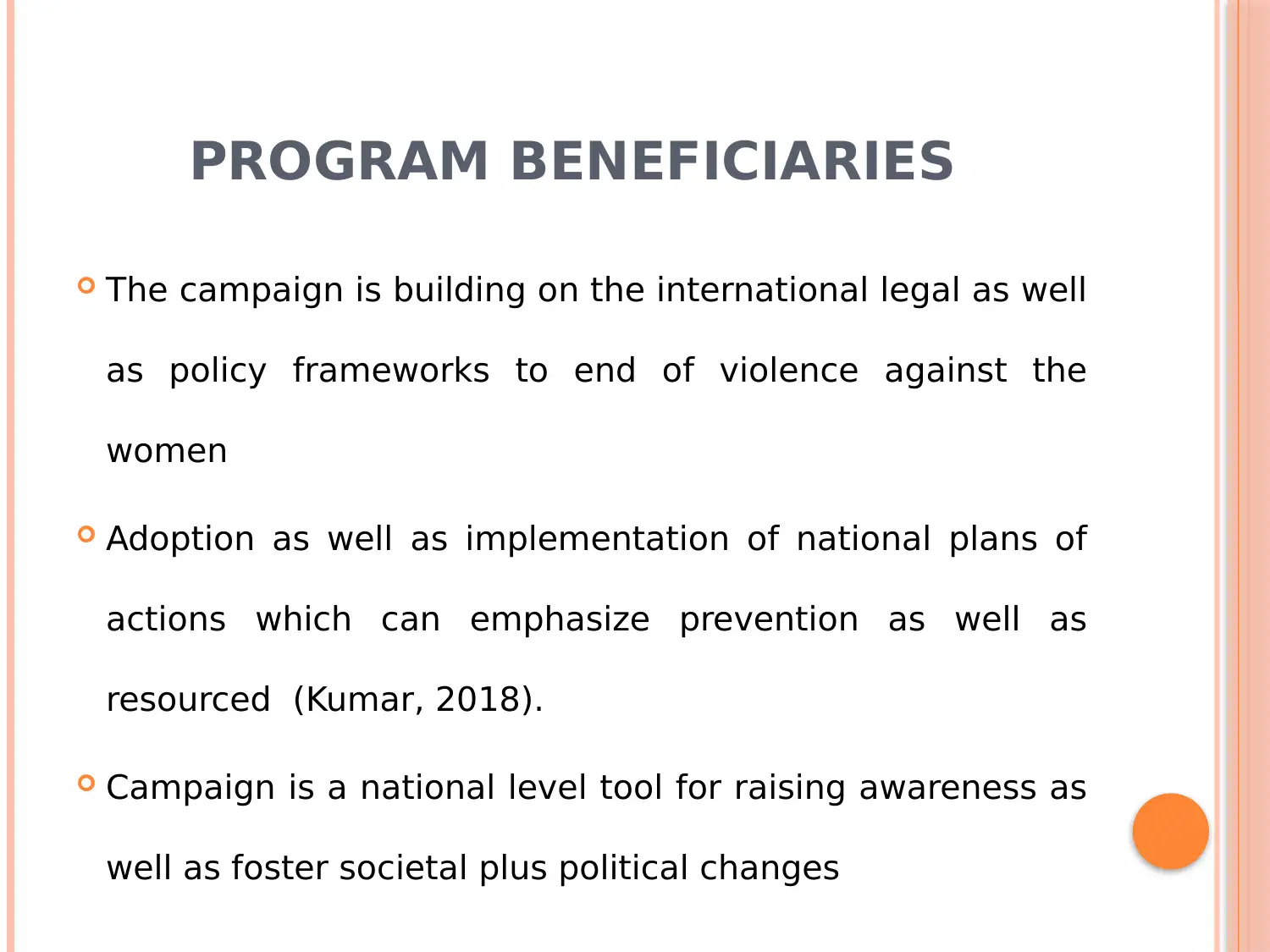
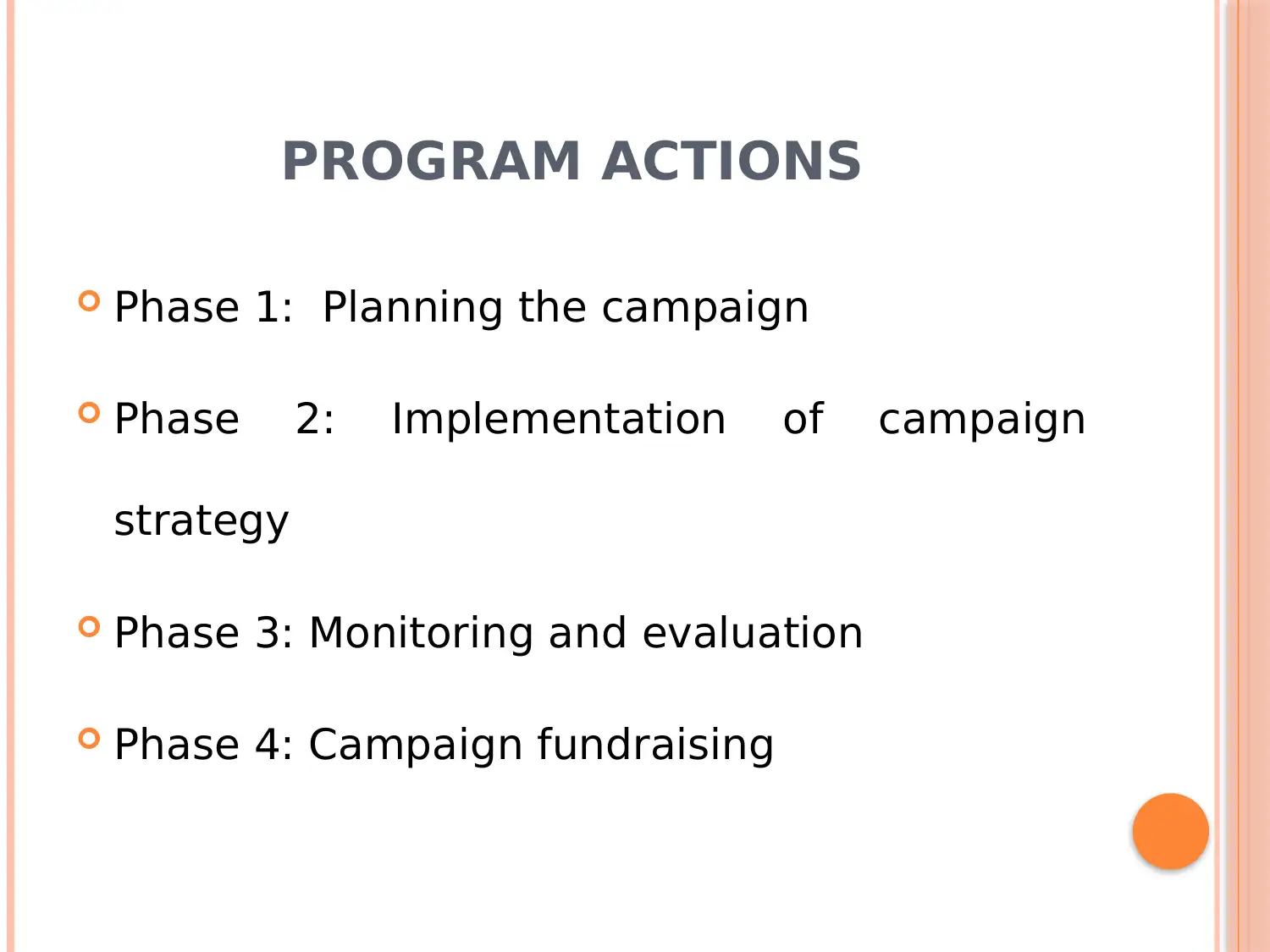
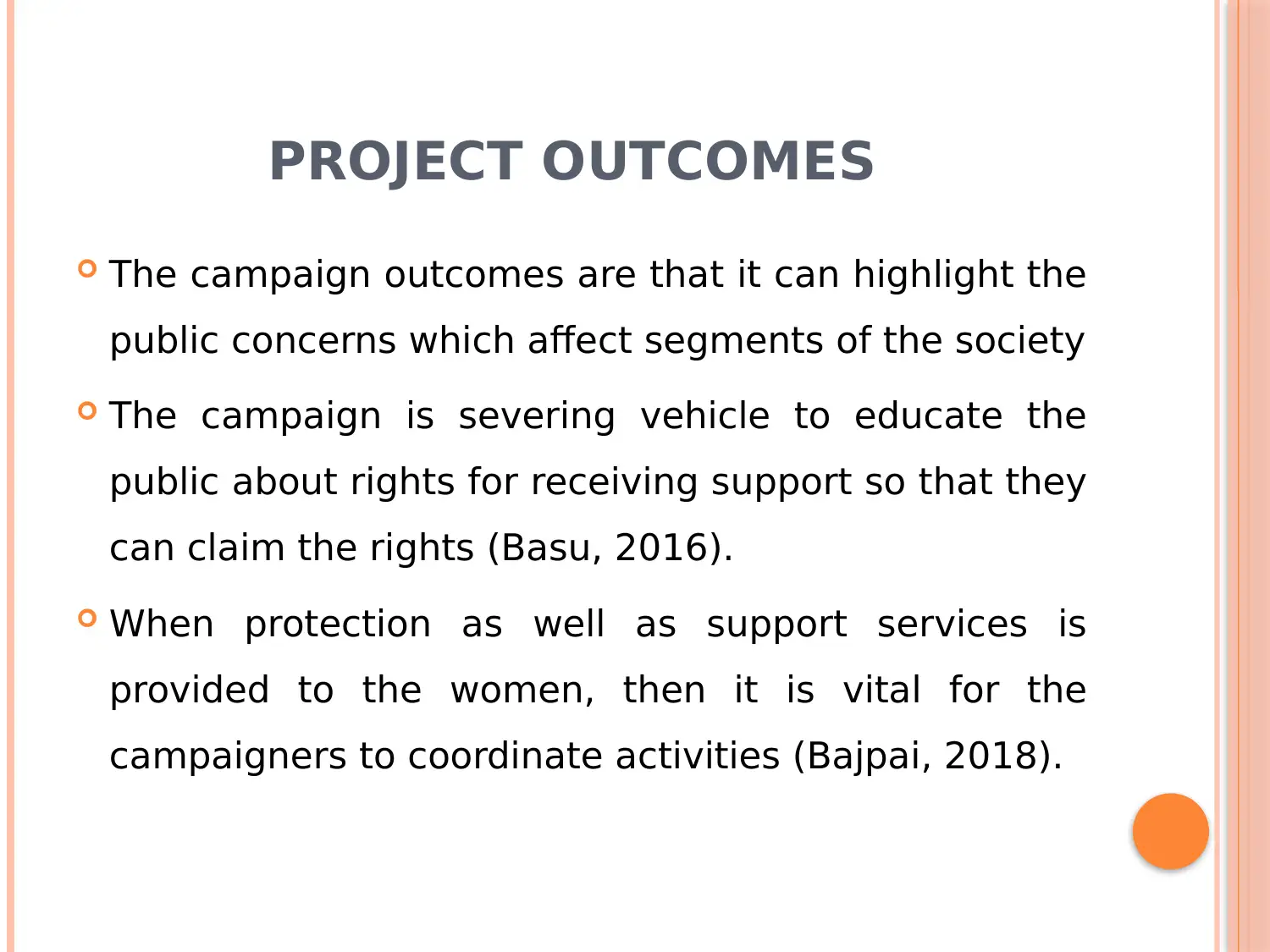
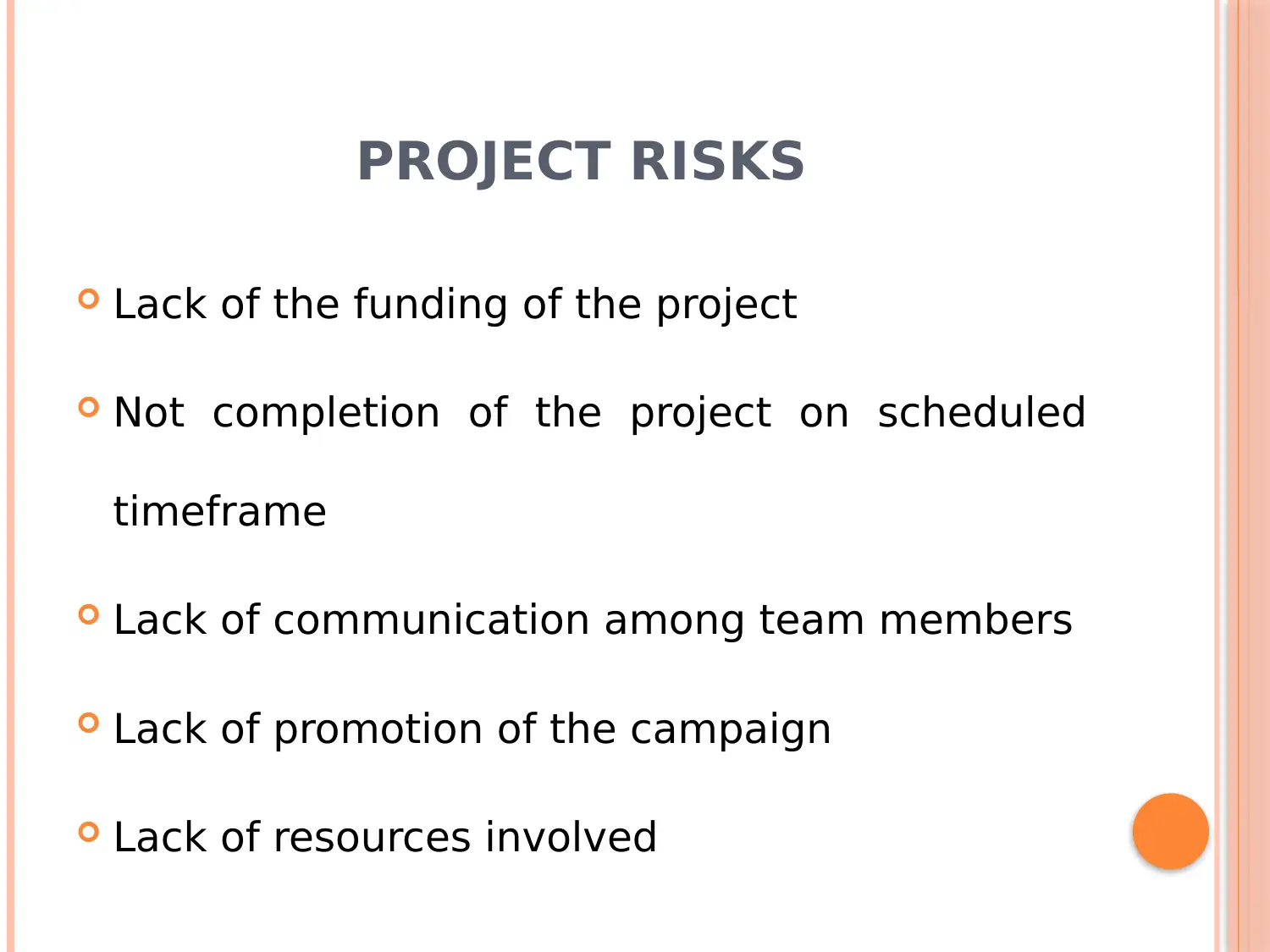
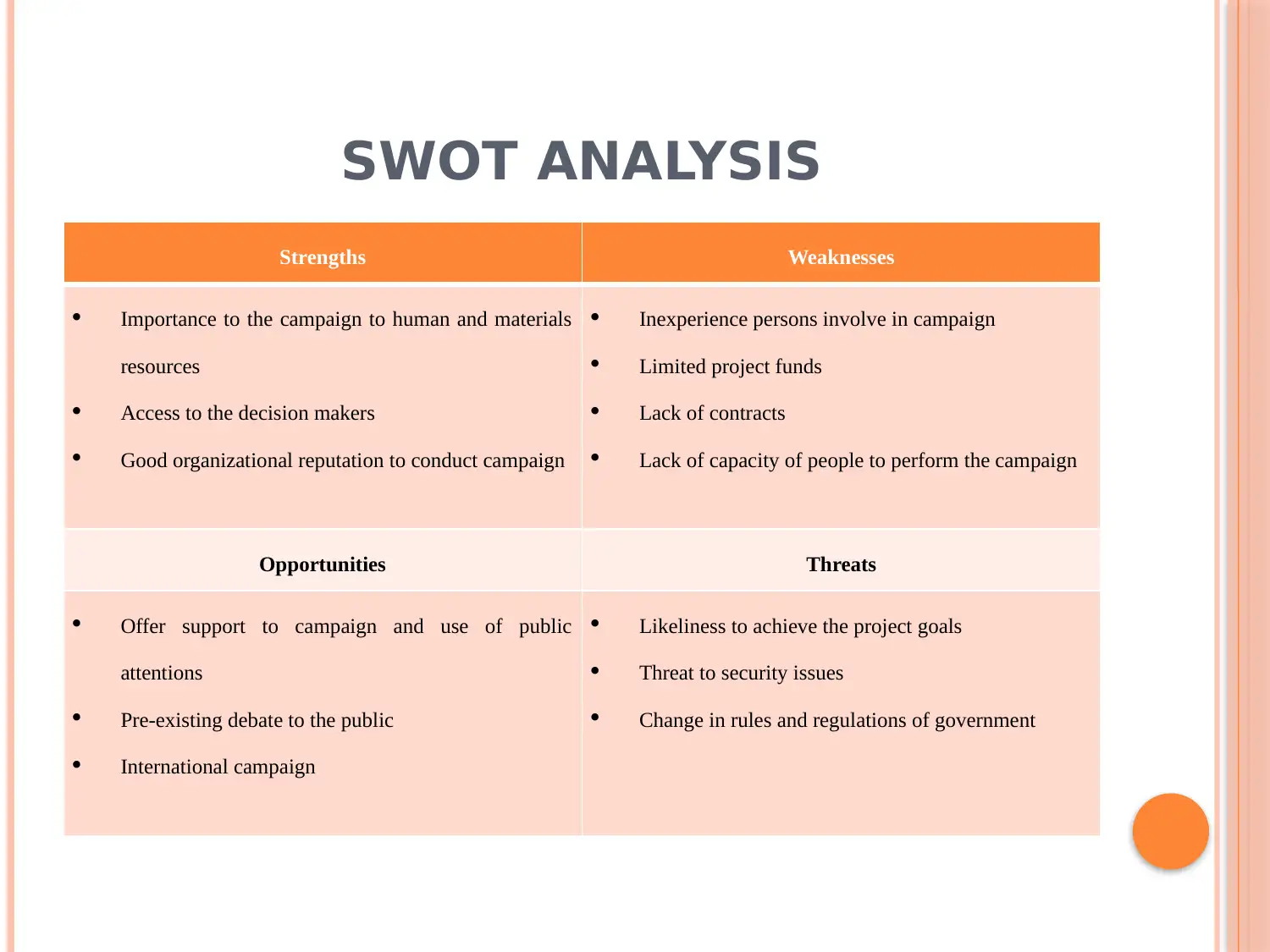
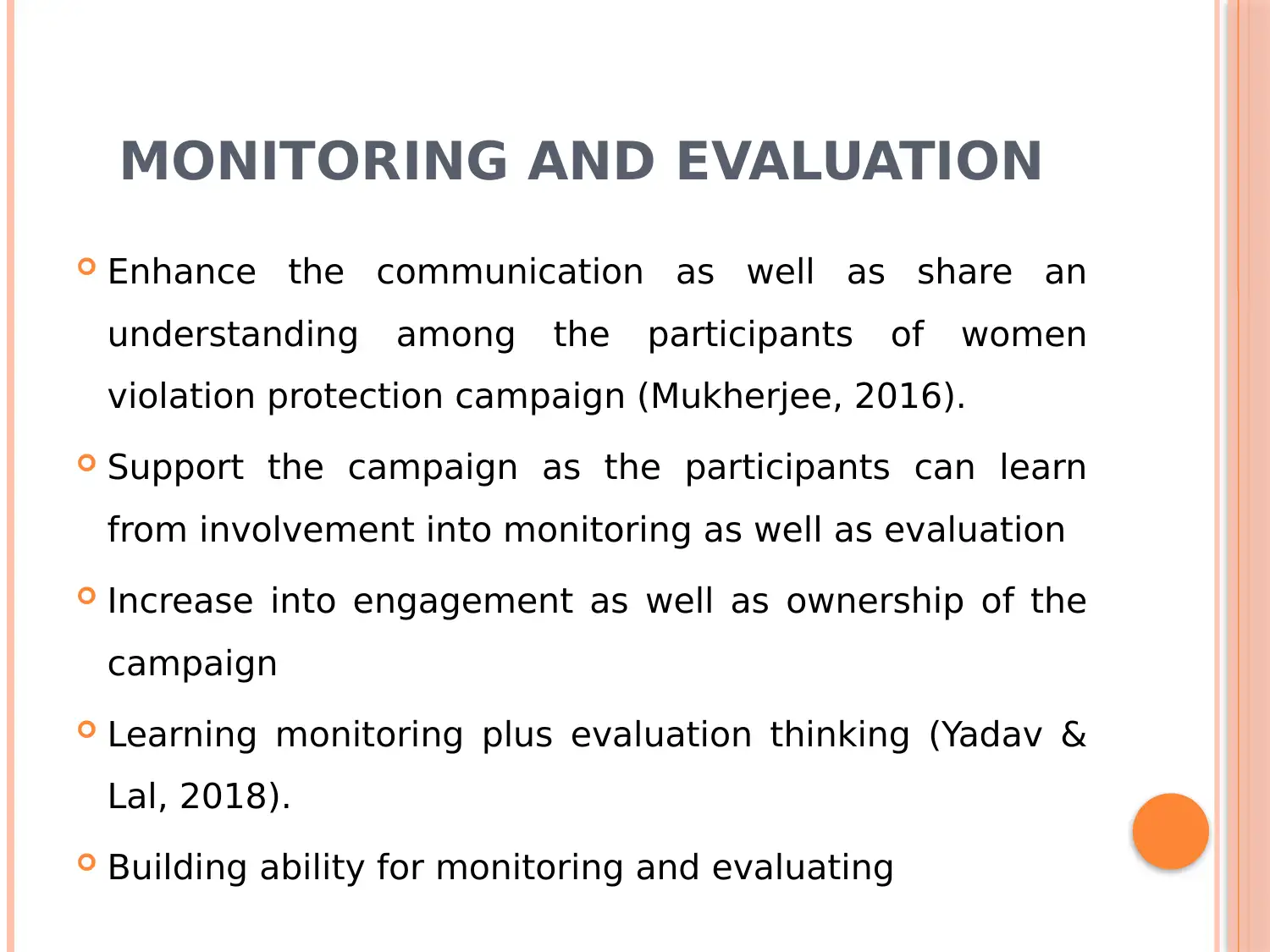
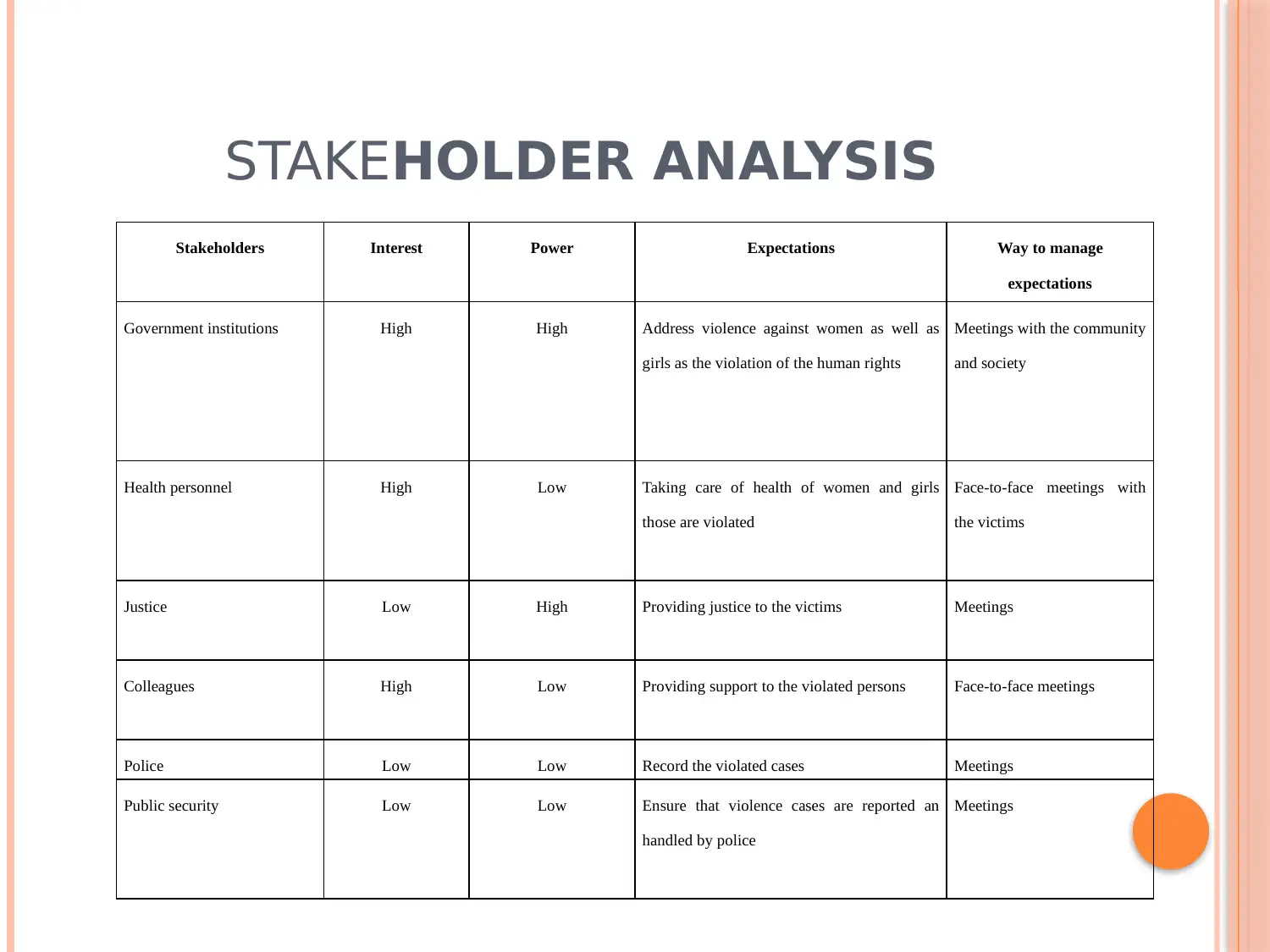
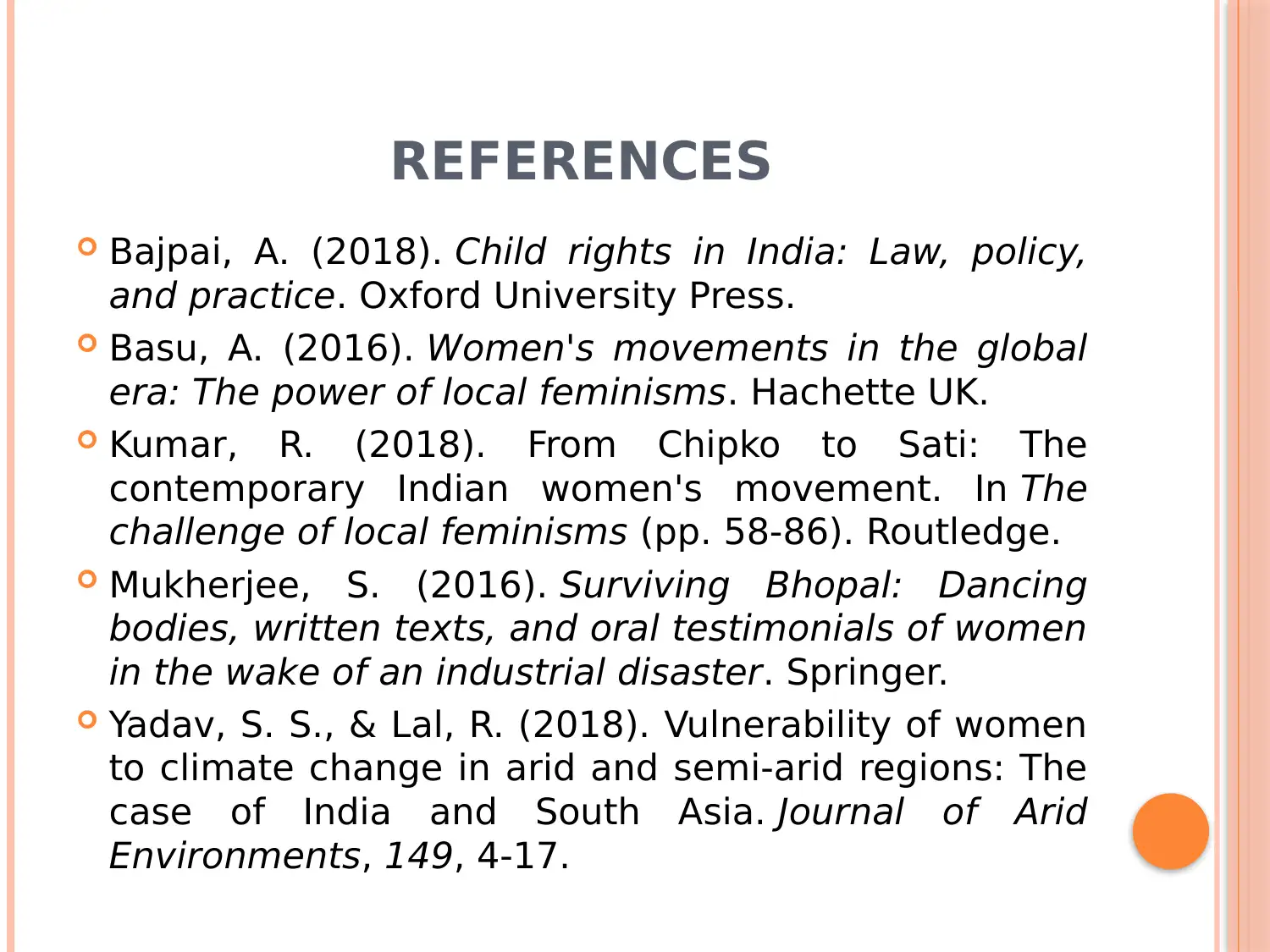
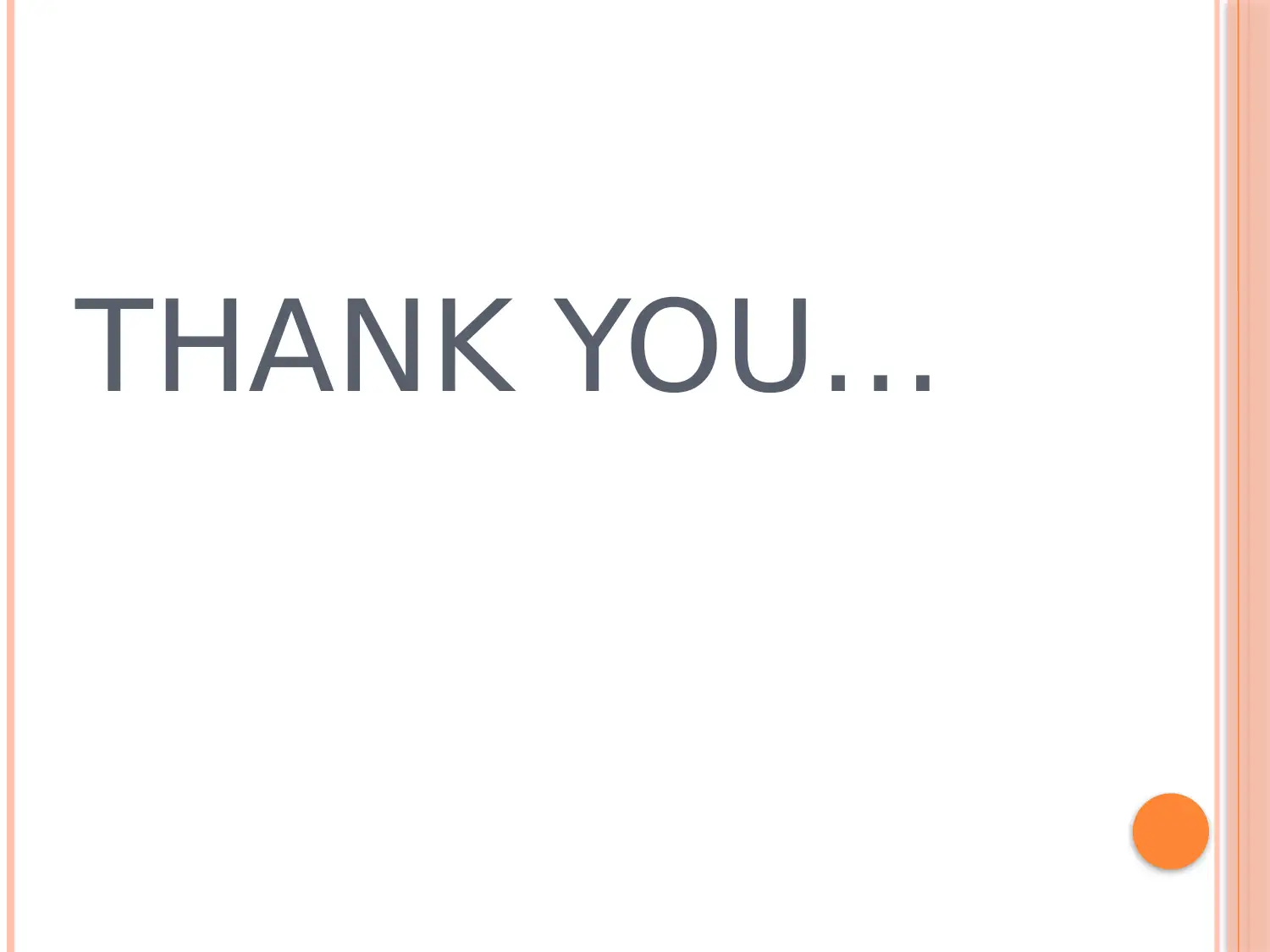






![[object Object]](/_next/static/media/star-bottom.7253800d.svg)